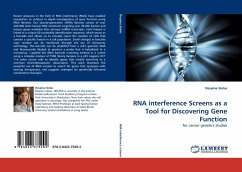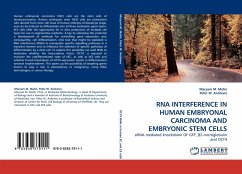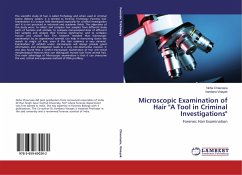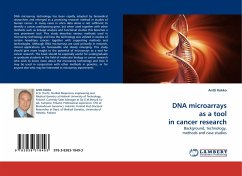Recent advances in the field of RNA interference (RNAi) have enabled researchers to conduct in depth investigations of gene function using RNAi libraries. Our second-generation shRNA libraries consist of over 200,000 short hairpin RNA constructs targeting over 45,000 human and mouse genes modeled after primary miRNA transcripts. Each hairpin is linked to a unique 60 nucleotide identification sequence, which serves as a barcode and allows us to virtually count the number of cells that contain a specific hairpin in a cell population. Small changes in barcode copy number can be monitored through the use of microarray technology. The barcode can be amplified from a cell's genomic DNA and fluorescently labeled to produce a probe that is hybridized to a microarray. I applied this RNAi barcode screening method in a screen using a complex mixture of 7500 library hairpins in a p53 isogenic HCT 116 colon cancer cells to identify genes that modify sensitivity to a common chemotherapeutic, doxorubicin. This work illustrates the powerful use of RNAi screens to search for genes that synergize with existing therapeutics, and suggests strategies for genetically informed combination therapies.








